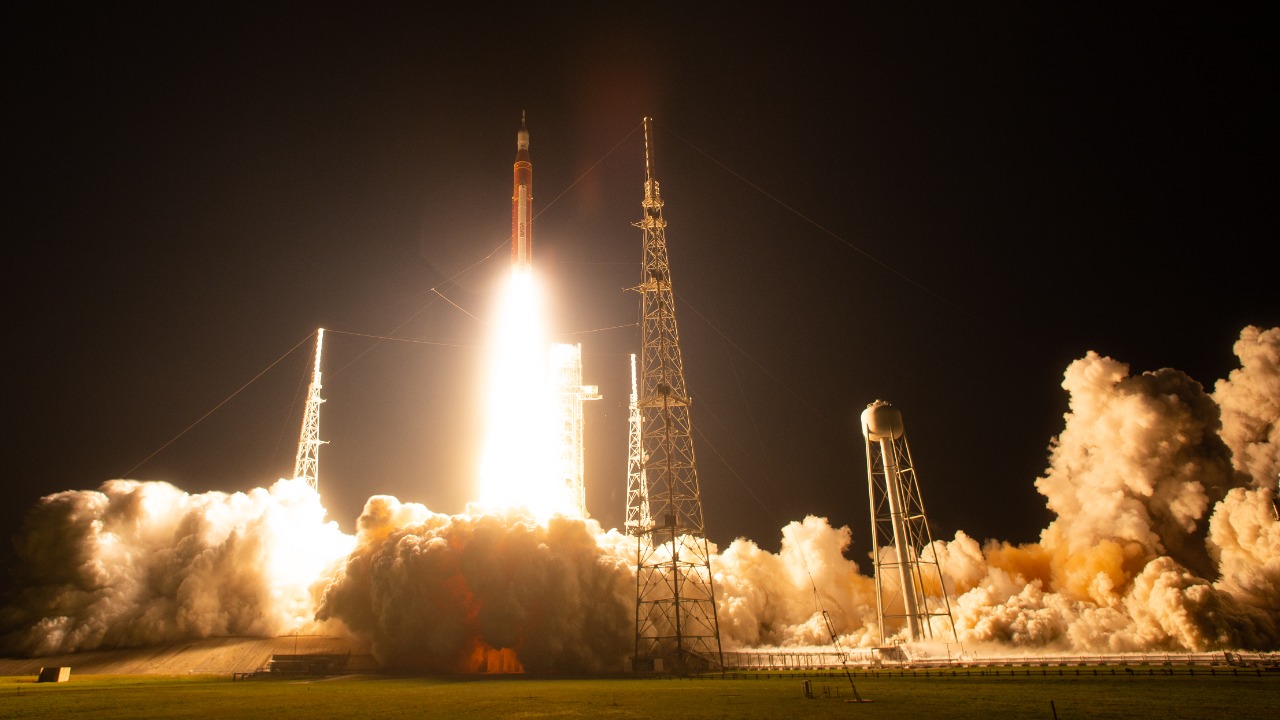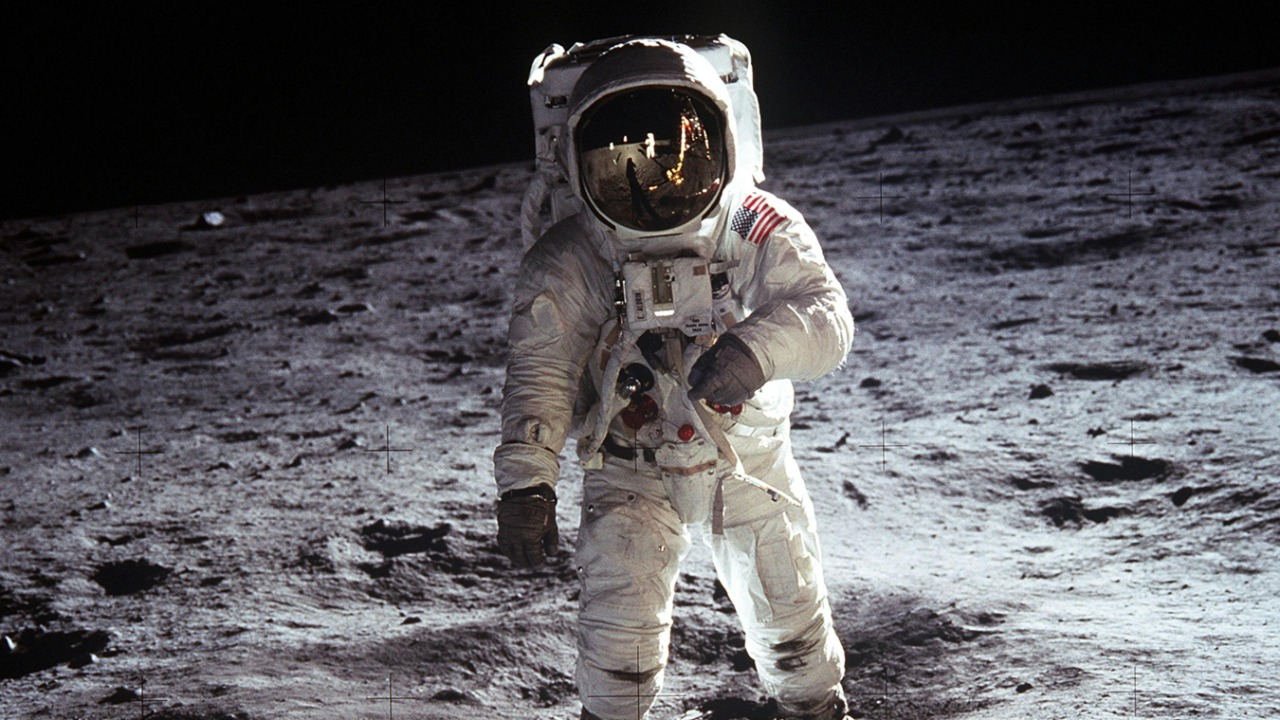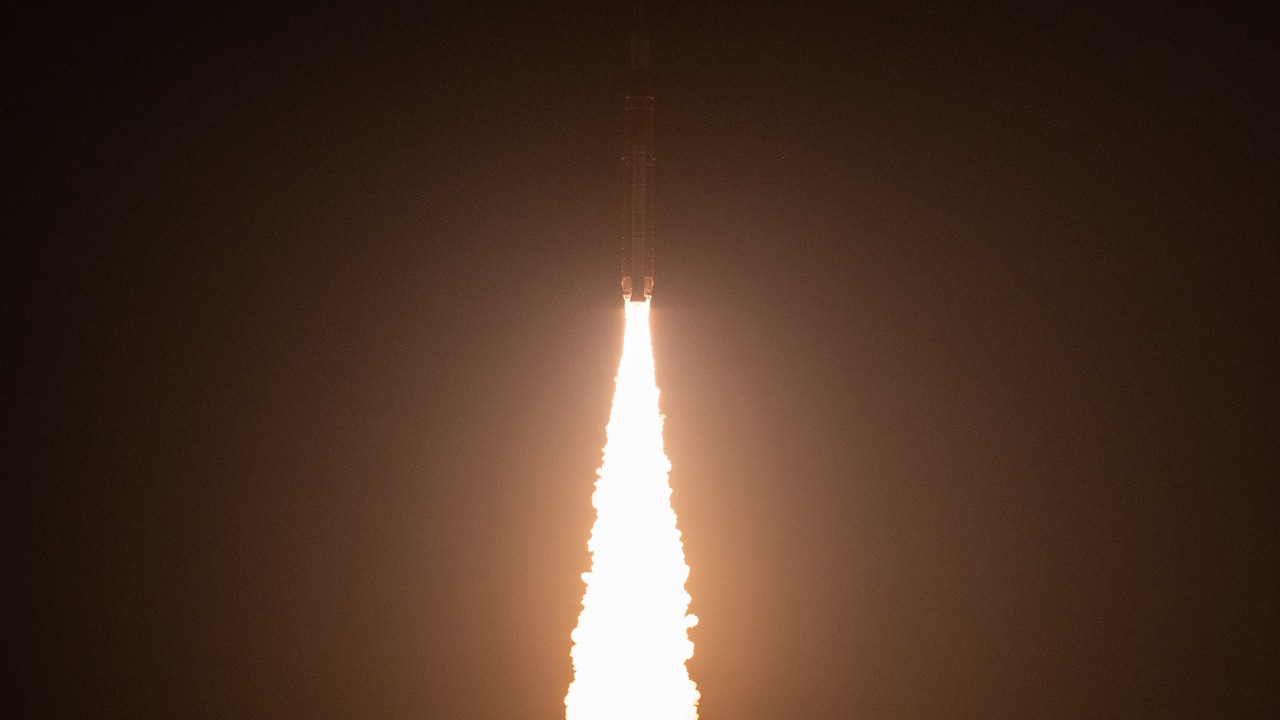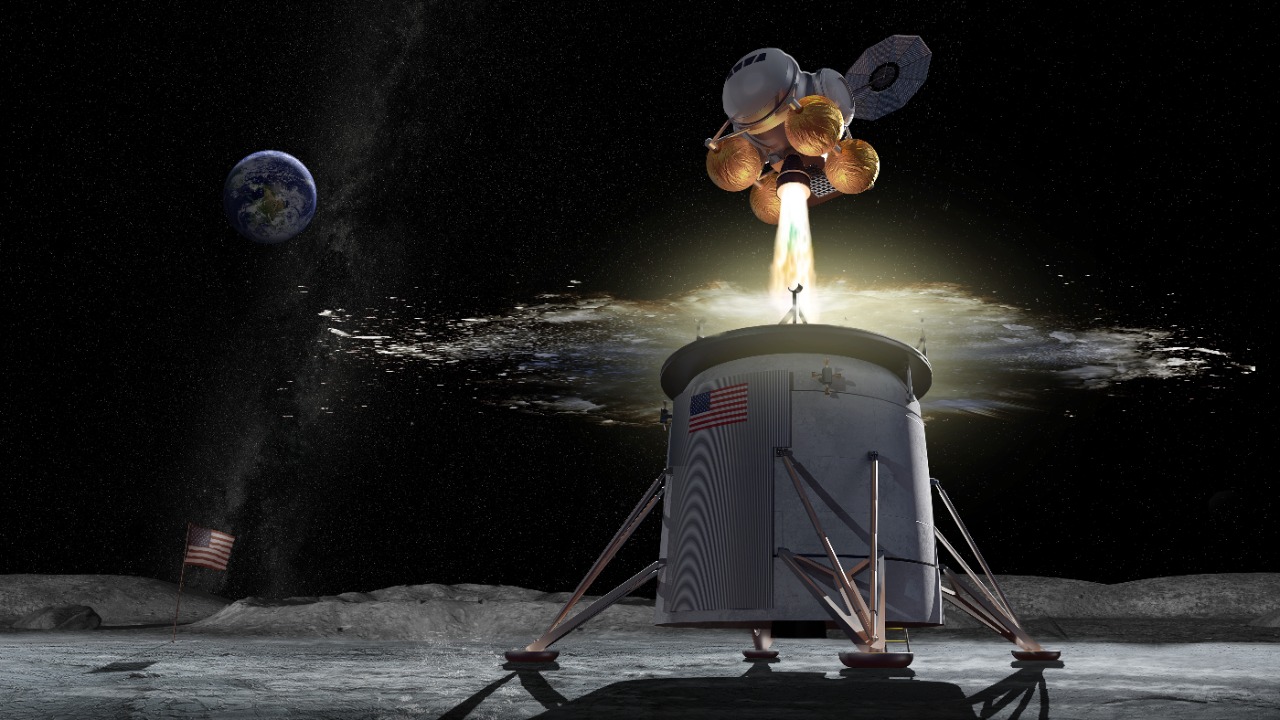
NASA is embarking on the Artemis I mission, its first lunar mission in over 50 years since the Apollo missions, with the goal of putting humans back on the Moon by 2024. The Artemis I is scheduled to launch from Kennedy Space Center in Florida, marking a significant milestone in space exploration. NASA Administrator Bill Nelson emphasized, “This mission is an important step in the return of humans to the Moon” (Source).
The Historical Context of Lunar Missions

The Apollo program marked a significant era in space exploration, with Apollo 17 in 1972 being the last time NASA conducted a manned lunar mission. This program not only achieved the monumental feat of landing humans on the Moon but also set the stage for future exploration endeavors (Source). The Apollo missions provided invaluable data and experience, which have been instrumental in shaping current and future space exploration strategies.
Despite their successes, the Apollo missions faced numerous challenges, including technological limitations and the immense cost of lunar exploration. These missions, however, laid the groundwork for the Artemis program by demonstrating the feasibility of human space travel beyond Earth and highlighting the need for sustainable exploration methods (Source).
Goals and Objectives of the Artemis Program

The Artemis program aims to land “the first woman and the next man” on the Moon by 2024, with a focus on sustainable exploration. This initiative seeks not only to revisit the lunar surface but also to establish a long-term human presence there (Source). By doing so, NASA hopes to use the Moon as a stepping stone for future missions to Mars, ultimately expanding human exploration of the solar system.
NASA’s long-term goal includes establishing a permanent lunar base, which would serve as a hub for scientific research and resource utilization. This base would facilitate the development of technologies necessary for deep space exploration and provide a platform for international collaboration in space science and exploration (Source).
Technological Innovations and Challenges

To achieve the ambitious goals of the Artemis program, NASA is developing new technologies such as the Space Launch System (SLS) and the Orion spacecraft. These innovations are critical to the success of Artemis I, as they are designed to safely transport astronauts to and from the Moon (Source). The SLS, in particular, is touted as the most powerful rocket ever built, capable of carrying heavy payloads necessary for lunar missions.
However, NASA faces several challenges, including budget constraints and the technical complexities of returning humans to the Moon. These challenges require careful planning and collaboration with various stakeholders to ensure the program’s success (Source).
In addition to the SLS and Orion spacecraft, NASA is also investing in the development of advanced space suits and habitation modules that will support astronauts during their lunar missions. These new space suits are designed to be more flexible and durable, allowing for greater mobility on the lunar surface. The habitation modules will provide a safe and sustainable living environment for astronauts, incorporating life support systems and radiation protection (Source).
Another technological challenge is the development of in-situ resource utilization (ISRU) technologies, which aim to use lunar resources to produce water, oxygen, and fuel. This approach could significantly reduce the cost and complexity of lunar missions by minimizing the need to transport these resources from Earth. NASA is actively researching and testing ISRU technologies to ensure they are viable for future missions (Source).
International and Commercial Partnerships

International partnerships play a crucial role in the Artemis program, with the European Space Agency (ESA) providing service modules for the Orion spacecraft. These collaborations enhance the program’s capabilities and demonstrate the global interest in lunar exploration (Source). Such partnerships are essential for sharing resources, expertise, and technology, which can help overcome the challenges of space exploration.
Commercial entities like SpaceX are also integral to the Artemis program, particularly in developing the Human Landing System. SpaceX’s involvement highlights the increasing role of private companies in space exploration, providing innovative solutions and reducing costs (Source).
Beyond ESA and SpaceX, NASA has also engaged with other international partners such as the Canadian Space Agency (CSA) and the Japan Aerospace Exploration Agency (JAXA). The CSA is contributing a robotic arm for the Lunar Gateway, a planned space station that will orbit the Moon and support lunar exploration missions. JAXA is collaborating on various aspects of the Artemis program, including potential contributions to lunar surface exploration and technology development (Source).
Commercial partnerships extend beyond SpaceX, with companies like Blue Origin and Dynetics also competing to develop lunar landers. These collaborations with private industry are part of NASA’s broader strategy to leverage commercial innovation and cost-sharing to achieve its exploration goals. This approach not only accelerates technological development but also fosters a competitive environment that can lead to more efficient and effective solutions for space exploration (Source).
Potential Impact and Future Prospects

The potential scientific and economic impacts of a successful Artemis mission are significant. Advancements in lunar science and resource utilization could lead to new discoveries and technologies that benefit humanity (Source). Moreover, the program could stimulate economic growth by creating jobs and fostering innovation in the aerospace industry.
Looking ahead, the Artemis program’s success could pave the way for future space exploration initiatives, particularly the goal of sending humans to Mars. By establishing a sustainable presence on the Moon, NASA can test technologies and strategies necessary for long-duration missions, ultimately expanding human presence in the solar system (Source).
The Artemis program is expected to inspire a new generation of scientists, engineers, and explorers, much like the Apollo missions did in the 1960s and 70s. By reigniting interest in space exploration, the program could lead to increased investment in STEM education and research, ultimately contributing to a more technologically advanced society. The program’s focus on sustainability and international collaboration also sets a precedent for future space exploration efforts, promoting peaceful cooperation and shared goals among nations (Source).
Furthermore, the establishment of a lunar base could serve as a testbed for technologies that will be crucial for Mars exploration. This includes systems for long-duration life support, autonomous operations, and remote scientific research. By addressing these challenges on the Moon, NASA can reduce the risks associated with human missions to Mars, bringing the dream of interplanetary travel closer to reality. The Artemis program thus represents a critical step in humanity’s journey beyond Earth, with the potential to unlock new frontiers in science and exploration (Source).